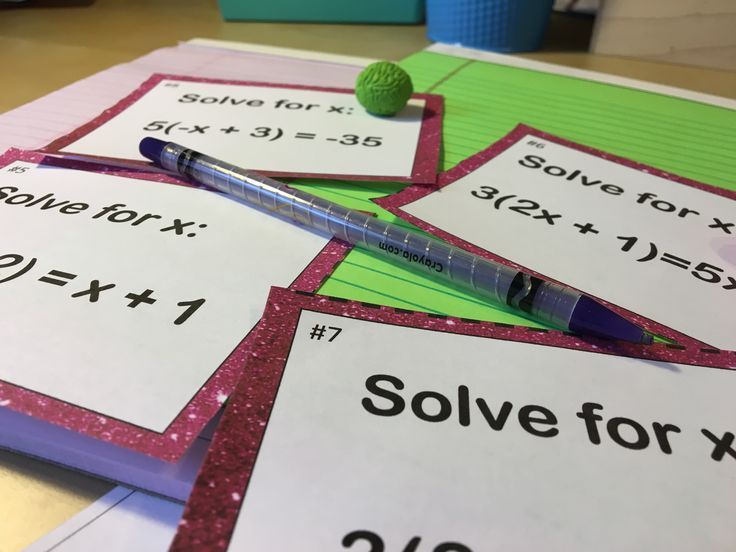Formative assessments are a great way to check in with students to see how they are doing with new content they are learning. Formative assessments can be informal too! You can have a quick discussion with the class, you can listen to a group talking about a piece of text, you can give out a 3 question exit ticket, and much more! Formative assessments informs our teaching and lets us know if we need to re-teach, try something different, give a break, move onto the next piece of content, or something else! We can give formative assessments throughout a class period.
Formative assessments in a content area classroom can be made authentic and relevant, by embedding literacy practices. Meaning, if a student is given an opportunity to read, write, speak and listen – could you assess how they are doing with the new content they are learning? Of course you can! In this assignment, we will set students up for success by designing literacy activities, that require the use of new content area knowledge and new academic vocabulary.
Formative Assessment and Content Literacy in Mathematics: Engaging with Multi-Step Equations
Frank Jamison
Sanford College of Education, National University
ITL520: Academic Language & Literacy
Professor Spencer Burrows
December 10, 2023
Formative Assessment and Content Literacy in Mathematics: Engaging with Multi-Step Equations
In education, it is critical to integrate content literacy with formative assessment to enhance student learning, particularly in mathematics. This paper focuses on designing and implementing various instructional activities centered around the “Peers and Pedagogy” article (Allison & Varon, 2021) on Solving Multi-Step Equations. These activities aim to deepen students’ understanding of mathematical concepts and boost their engagement with academic content.
One critical activity would be a structured classroom debate where students discuss the methods and strategies presented in the article. This approach assigns students different roles, such as proponents and opponents, and provides them with relevant academic vocabulary, fostering a rich, focused discussion. Formative assessment in this context involves listening for the correct use of academic language and specific terms related to solving multi-step equations. This allows the teacher to gauge students’ understanding of mathematical vocabulary and ability to effectively articulate complex concepts.
Another helpful activity would be small group discussions where students relate the concepts in the article to real-life situations or previous math problems they have encountered. This formative assessment strategy evaluates students’ ability to connect the text and their personal experiences or prior knowledge, providing insights into their contextual understanding of mathematical concepts.
To address challenges with the text, a question-and-answer session can be held where students write down and discuss their thoughts about the text. This helps identify areas of confusion or misunderstanding. The depth and relevance of the questions posed during this session indicate the student’s level of understanding and areas where further clarification might be necessary.
Additionally, creating a collaborative online forum for students to share their questions and insights about the article would encourage peer-to-peer interaction and a community of learning. Monitoring student engagement and understanding in this online discussion would provide a lens into their analytical and reflective skills.
Individual reflective writing tasks can also be employed, where students express their opinions about the strategies discussed in the article. This formative assessment looks for evidence of critical thinking and personal engagement with the text in their writing, gauging their ability to form and articulate personal viewpoints.
Furthermore, an analytical writing assignment could require students to dissect and discuss the author’s perspective and arguments within the article. This assessment focuses on students’ understanding and ability to articulate the author’s viewpoint and the supporting evidence, reflecting their analytical reading skills.
Lastly, group brainstorming sessions can be organized to deliberate on perspectives or information potentially missing from the article. Evaluating students’ critical thinking skills and ability to identify potential biases or gaps in the text indicates their depth of comprehension and analytical abilities.
As an educator, my role in utilizing these activities is to systematically assess students’ comprehension, engagement, and critical thinking skills. Being attentive to their use of academic language, the depth of their questions and insights, their capacity to relate the text to their learning experiences, and their critical analysis of the text and the author’s perspective provides immediate feedback on their understanding and guides future instructional decisions.
In conclusion, implementing these activities not only engages students with the content at a deeper level but also encourages the development of essential skills such as critical thinking, analytical reasoning, and effective communication. Such an approach ensures a comprehensive understanding of mathematical concepts while fostering content literacy preparing students for advanced mathematical studies and real-world problem-solving.
References
Allison, C., & Varon, B. (2021, July 16). Solving Multi-Step Equations. Peers and Pedagogy. https://achievethecore.org/peersandpedagogy/solving-multi-step-equations/



